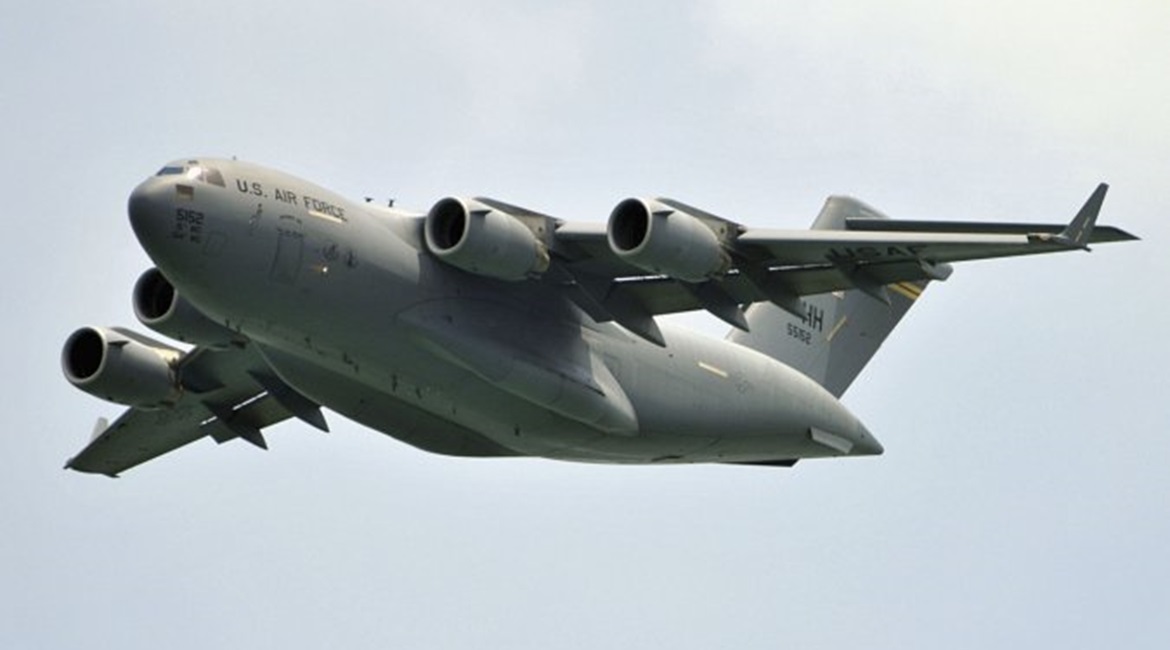
NATO will soon exploit high-priority flight plan ‘tunnels’ to enable allied aircraft to swiftly deploy on short notice across Europe during crises.
Recently agreed with Europe’s civil aviation authorities, the new arrangement will be officially unveiled on the margins of the 24–25 October meeting of allied defence ministers in Brussels.

RAM will give NATO air traffic priority during times of crises. (IHS Markit/Patrick Allen)
Known as Rapid Air Mobility (RAM), the initiative is part of NATO’s wider so-called military mobility effort to boost the deployability of allied troops and assets.
RAM was negotiated between NATO and the European Organisation for the Safety of Air Navigation (Eurocontrol), which steered the talks on behalf of its national air traffic control (ATC) authorities. It will apply to crises during peacetime as the allies automatically have air traffic priority during times of war.
“The first reference here is to our VJTF [NATO’s standby Very high readiness Joint Task Force] needs,” Camille Grand, NATO’s assistant secretary general for defence investment, told Jane’s on 17 October. “If there was a crisis in the Baltic region, for example, a couple of hours of delay could make the difference, so you would want to move troops as fast as possible. This helps do that,” he said. “Eurocontrol was super helpful in renegotiating this with its members. On our side, all the allies have signed up to it and we are exploring which NATO partner countries could join as well.”
RAM will lay down a special call sign for any aircraft designated by NATO’s Supreme Headquarters Allied Powers Europe (SHAPE) for crisis deployment through the fast-track airspace tunnels.
Looking to read the full article?
Gain unlimited access to Janes news and more...




